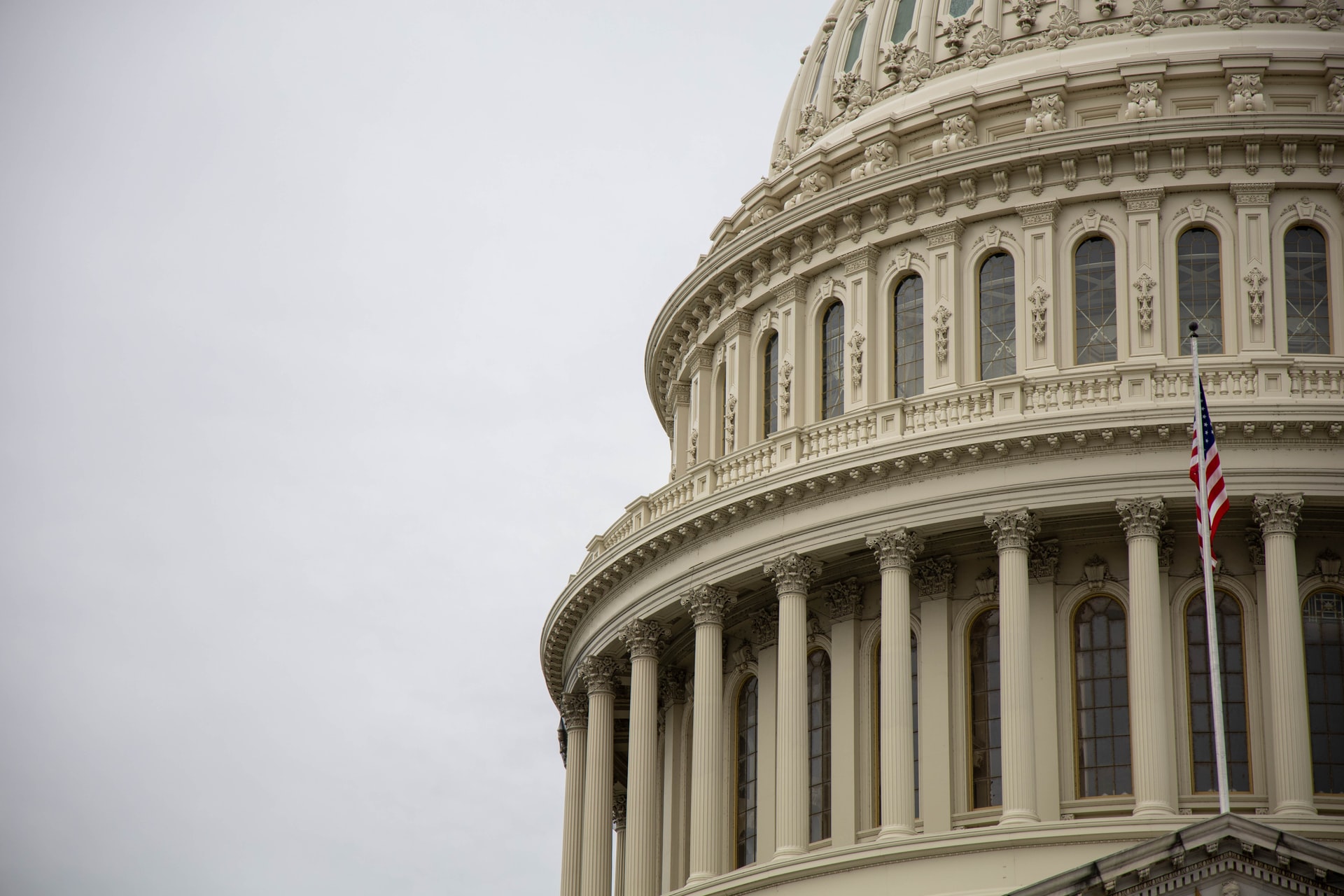The insurance industry has long argued that pandemics are uninsurable because of the difficulty of diversifying the risk away. Now that US lawmakers at the state and federal level are pushing legislation to expand the availability of business interruption insurance to cover pandemics, insurers are trying to negotiate an outcome that will enable them to make money, while putting the lion’s share of future liabilities on the government.
Related ETF: iShares U.S. Insurance ETF (IAK)
Business owners were horrified to discover this year that losses they incurred due to the coronavirus-driven lockdowns would not be covered by their business-interruption insurance policies. Indeed, insurers in the U.S. and UK have been denying COVID-related claims on the basis that pandemics are excluded.
The standard business interruption insurance in America is designed to cover financial losses such as lost income or operating expenses when a business cannot function because of physical damage to a commercial property. Covered risks typically include fire, hurricanes, tornadoes or damage caused by civil unrest. For example, if a factory had to be closed for a period after a fire, the insurance would pay out for the lost business. Viruses or pandemics, on the other hand, are often relegated to the same disaster category as wars or nuclear explosions.
In general insurance markets, insurers charge higher rates to those industries most likely to have the highest risk. Following the SARS outbreak in the early 2000s, the industry started to model the impact of epidemics. In doing so, insurers determined that the costs of a pandemic are so large and widespread that the risk cannot be diversified away. As such, pandemics were deemed uninsurable, according to the National Association of Mutual Insurance Companies (NAMIC) and other industry trade groups.
The rationale by the insurance industry is that they are not dealing with a traditional risk pool. A pandemic results in a loss for the entire pool every time, making it probable that the insurer’s liabilities will surpass what it collects from the insured. This point was reinforced in April…
To read the rest of this Market Insight, START A FREE TRIAL You’ll also gain access to: If you already have a subscription, sign in










